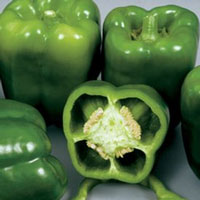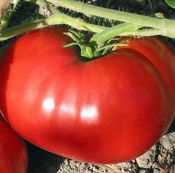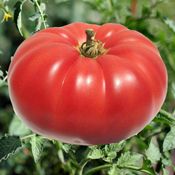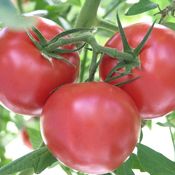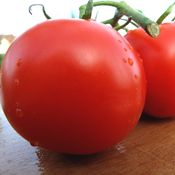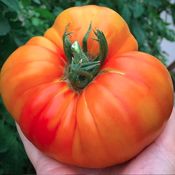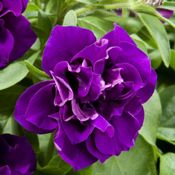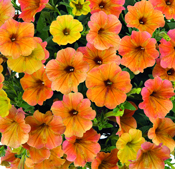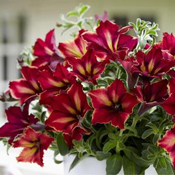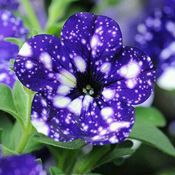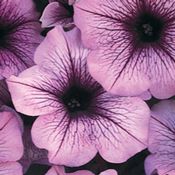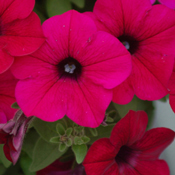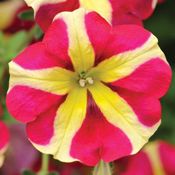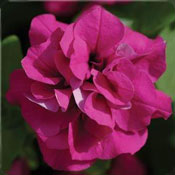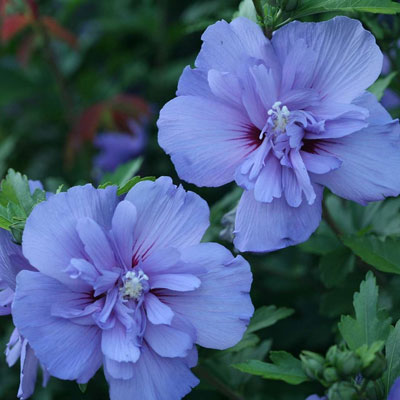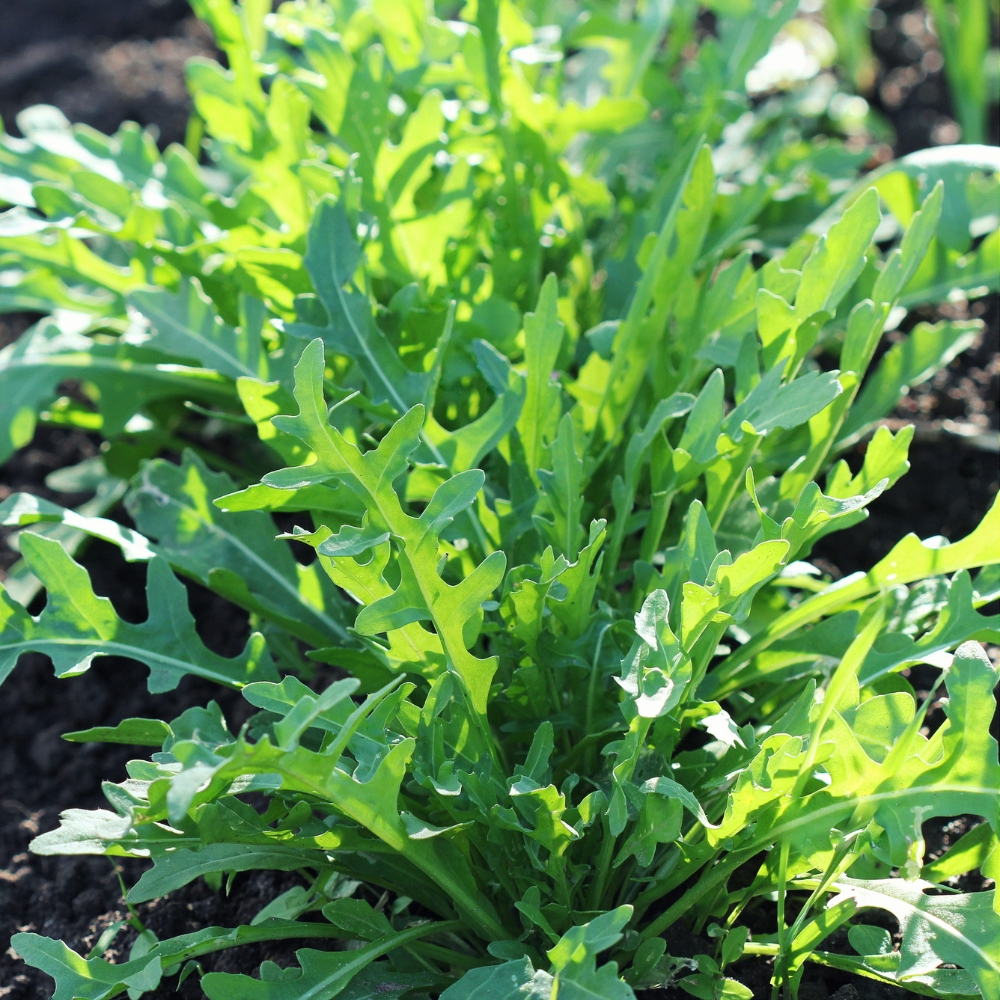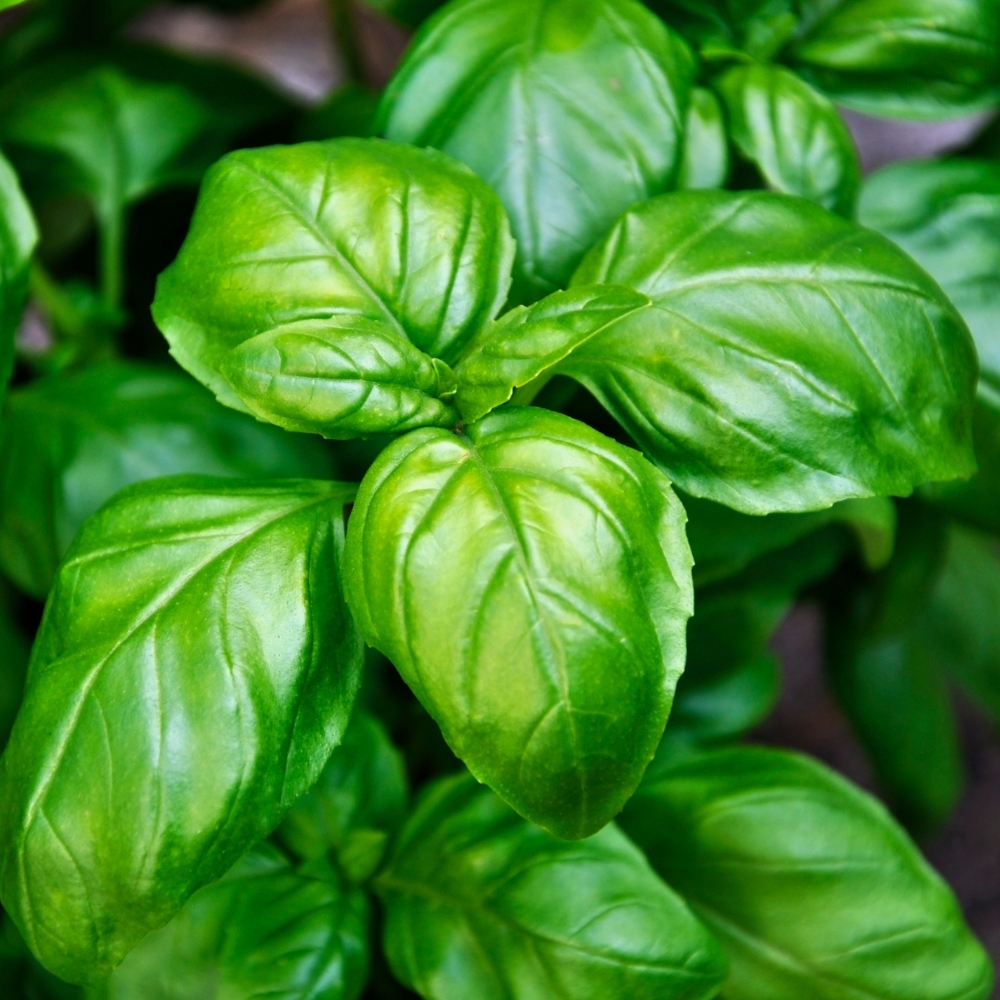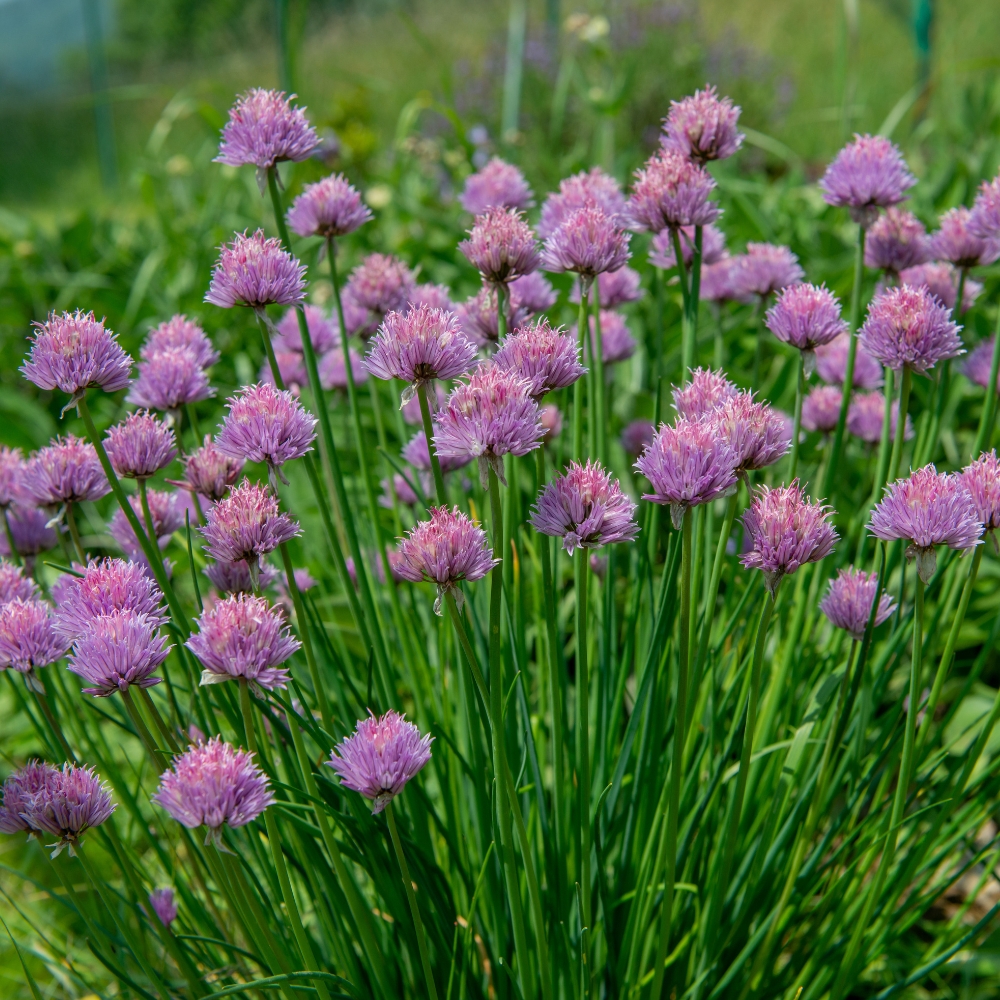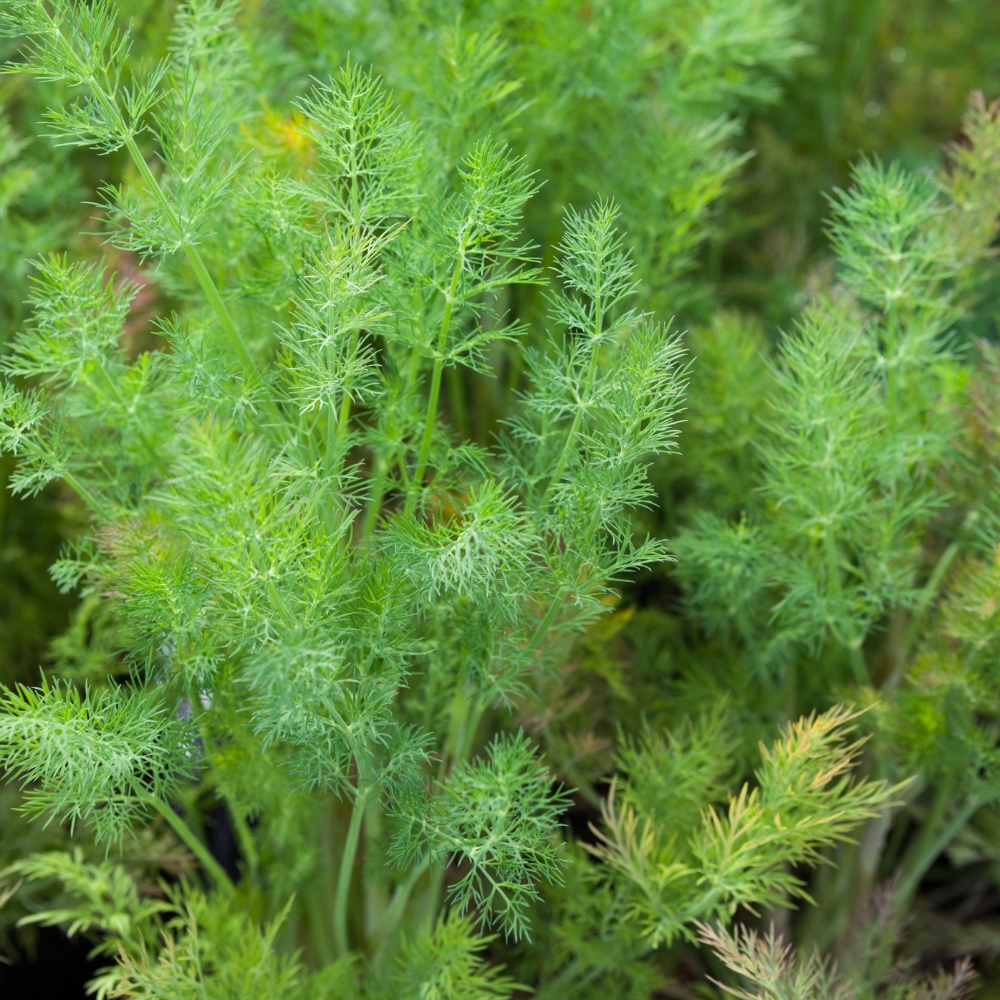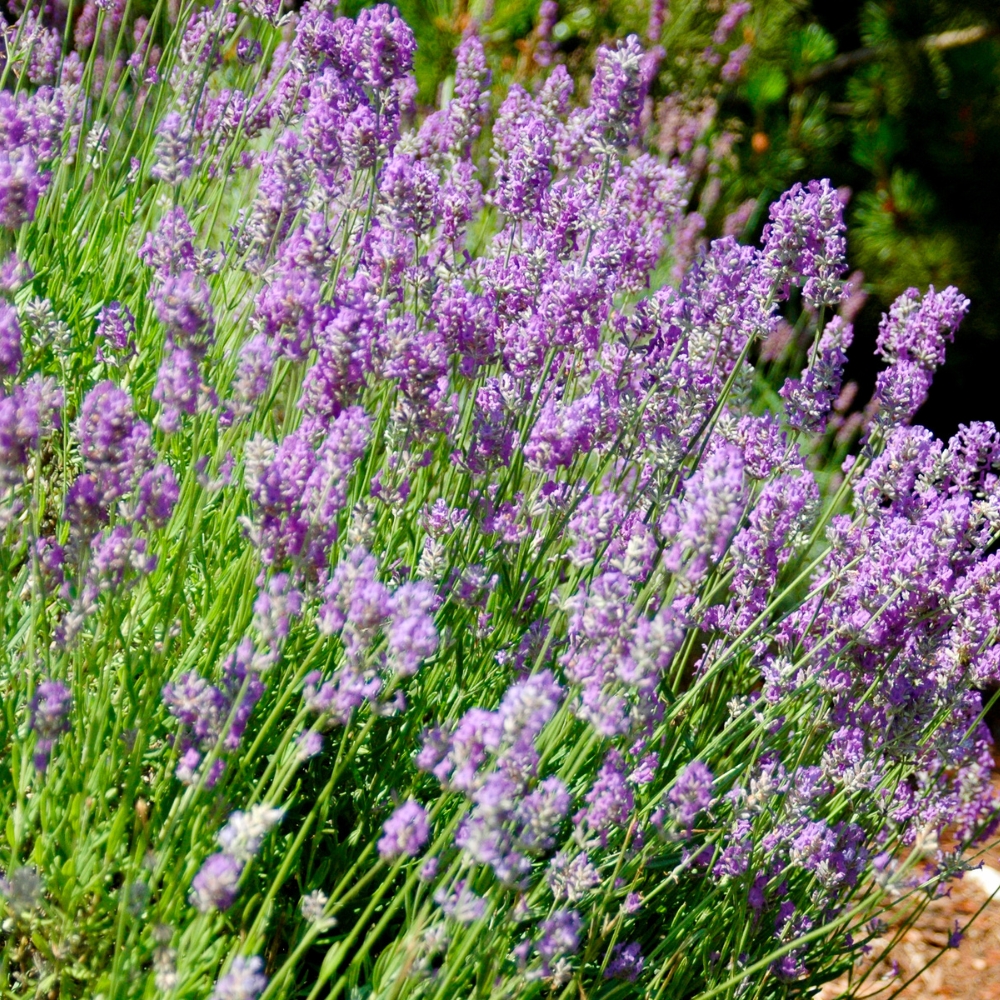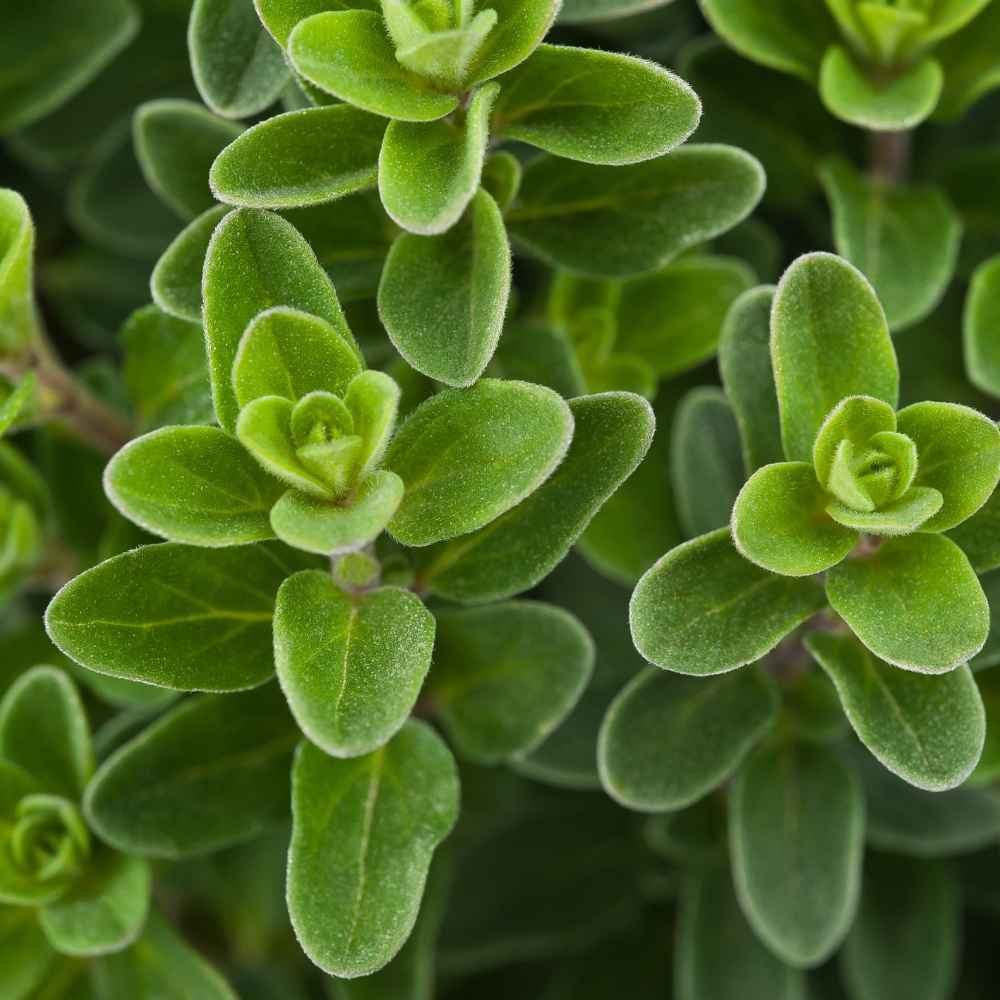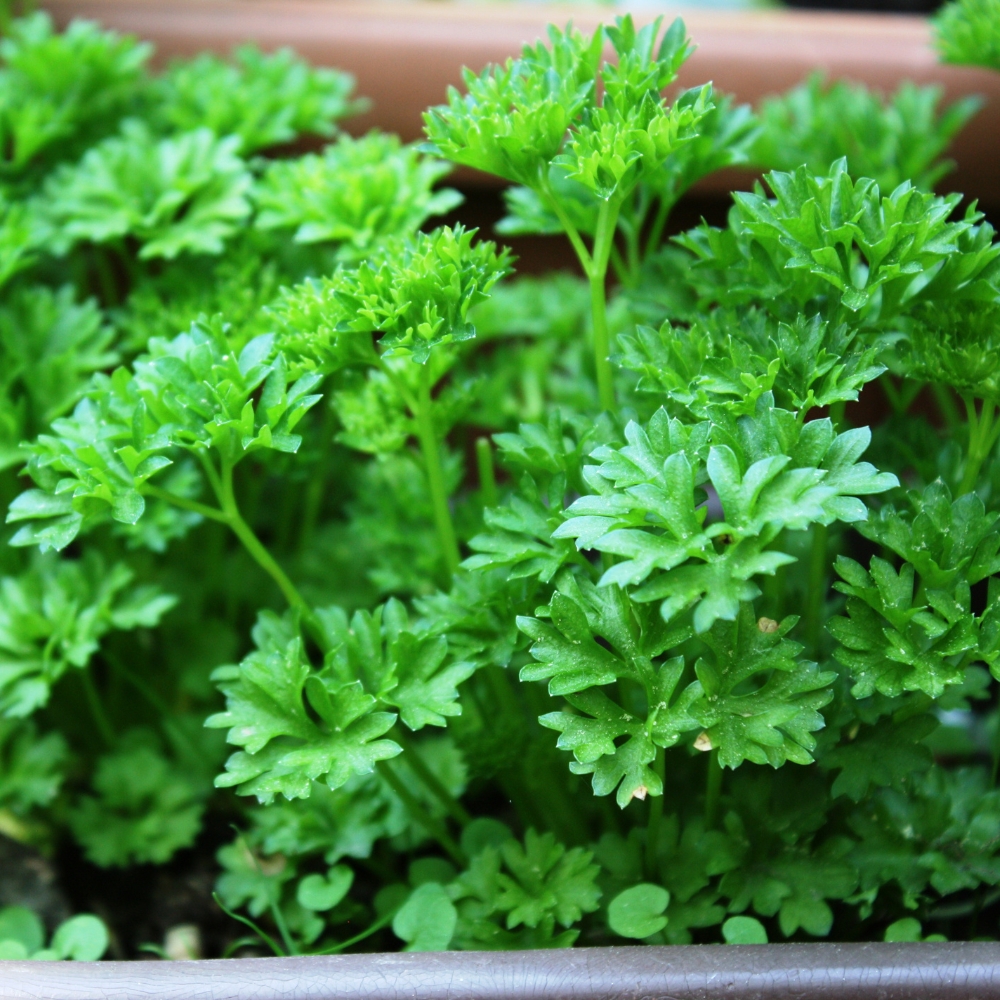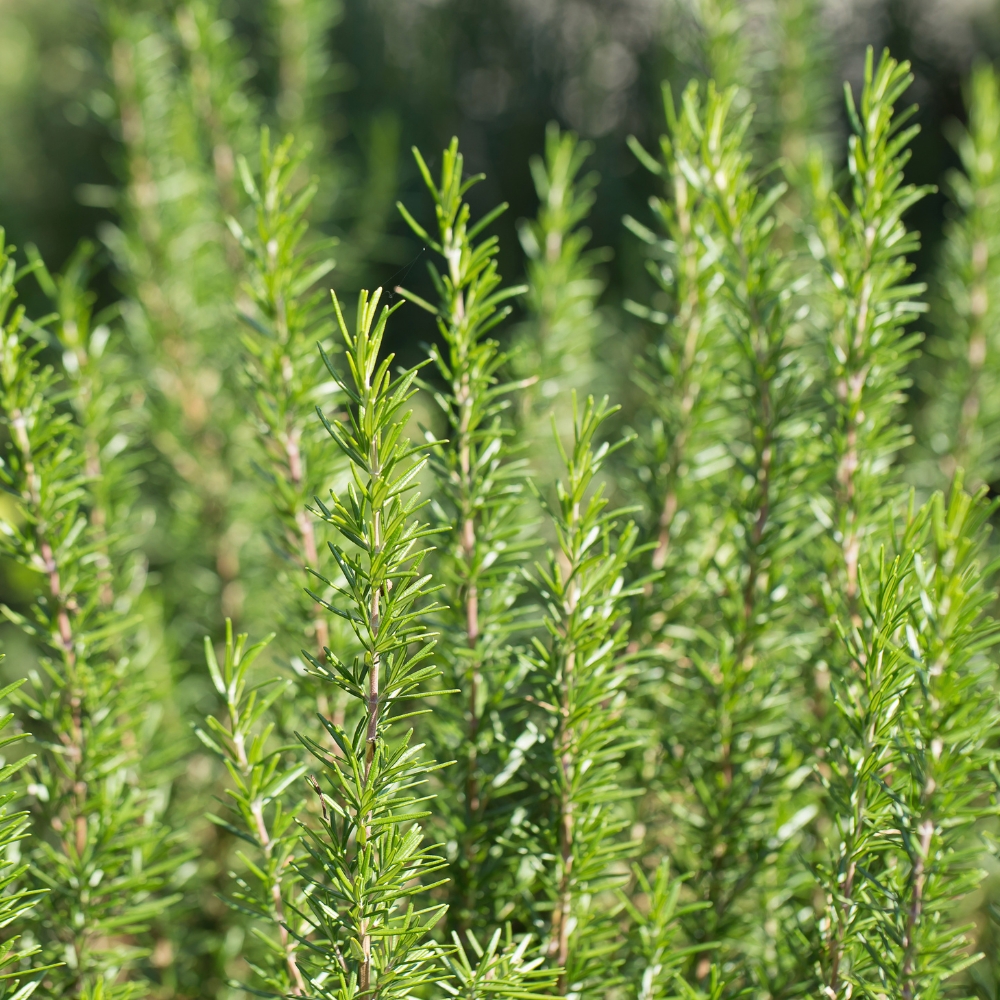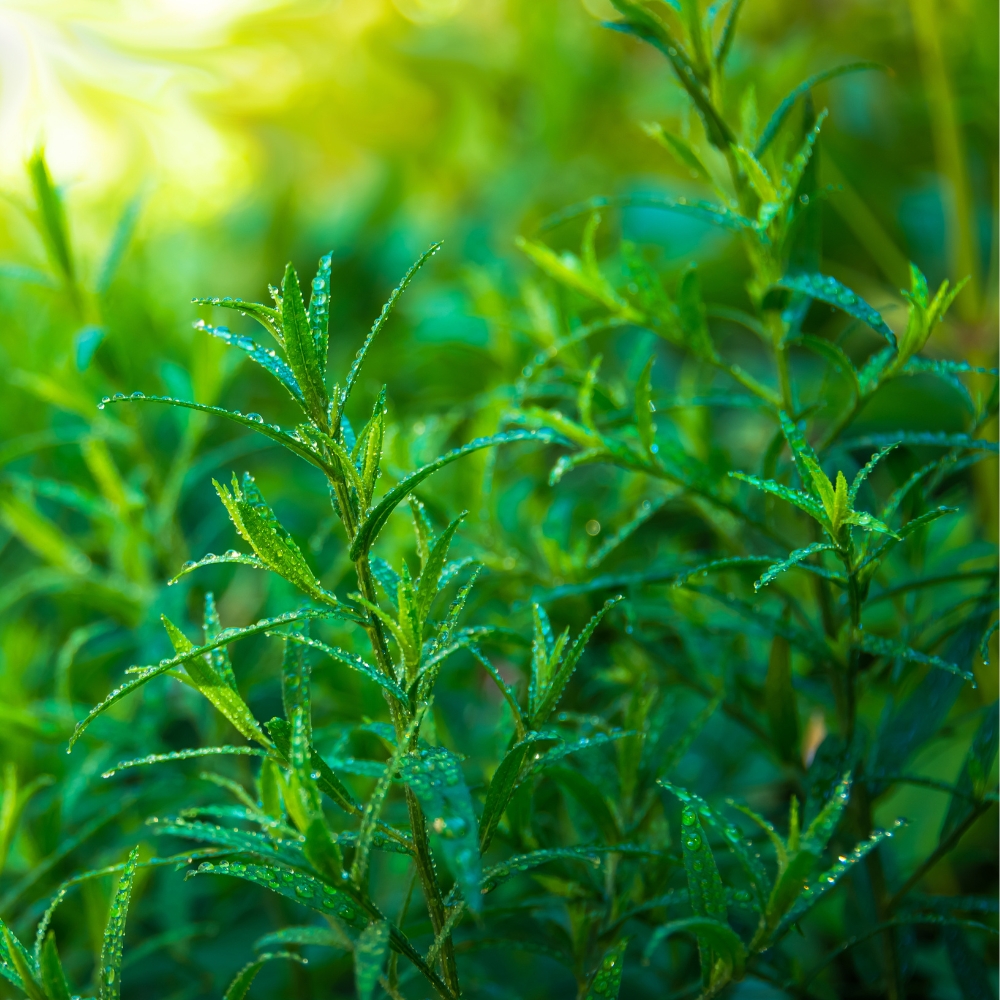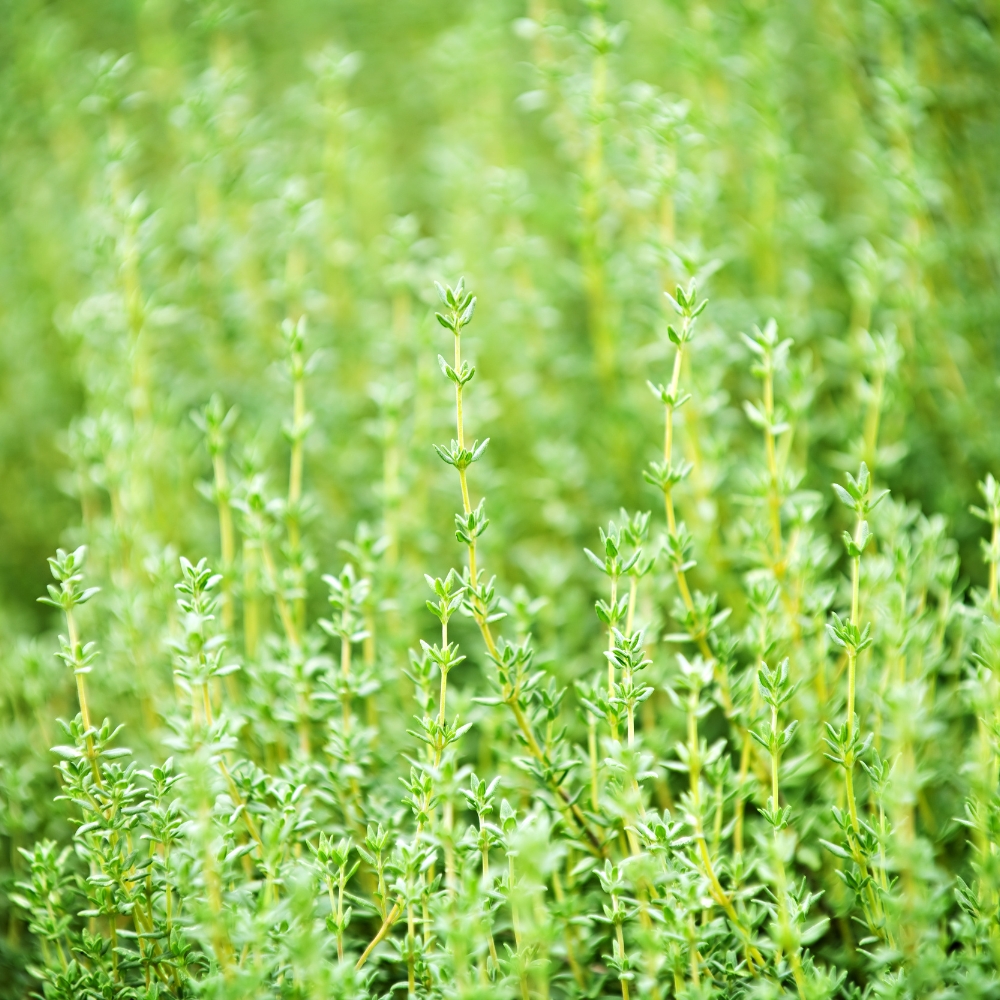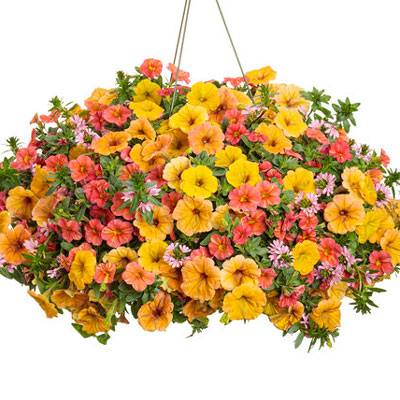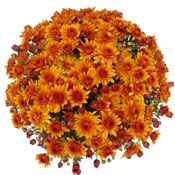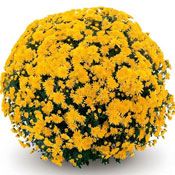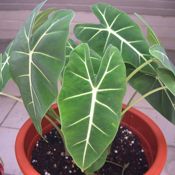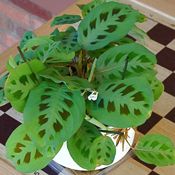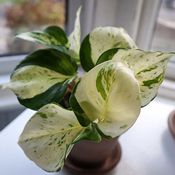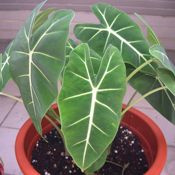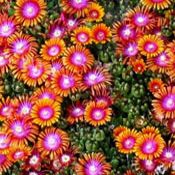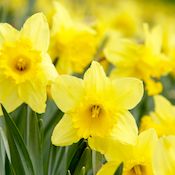A wildlife garden can mean different things to different gardeners. While most focus on attracting pollinators, birds, and integrating native plants, some expand their vision to include deer, rabbits, and other local wildlife. This inclusive approach makes sense as urban development continues to encroach on natural habitats.
By thoughtfully combining plants that attract wildlife with those they typically avoid, you can create a beautiful garden that supports local ecosystems. However, it's wise to draw boundaries—inviting bears, coyotes, or mountain lions is not recommended.
Creating or modifying a garden to attract birds, bees, and butterflies requires planning but offers rich rewards.
Essential Elements of a Wildlife-Friendly Garden
Native Plants
Native plants offer numerous benefits:
- Water Conservation: These plants thrive on local rainfall patterns and improve soil quality, leading to more efficient water usage. They serve as natural soil amendments, perfectly adapted to local conditions.
- Reduced Maintenance: Native plants flourish with minimal intervention, making them ideal for naturalized landscapes.
- Natural Pest Control: By attracting beneficial birds and insects, native plants help control unwanted pests, including invasive species.
- Minimal Chemical Requirements: Their natural resilience eliminates the need for chemical fertilizers. If soil enrichment is needed, organic amendments suffice.
- Erosion Prevention: Strategic placement of native plants helps control erosion on challenging slopes. Their root systems promote beneficial soil microbes and improve overall soil health.
- Wildlife Support: Local birds and pollinators rely on native plants for food and shelter. Many species return annually to familiar plant communities.
- Natural Beauty: Native plants create stunning, sustainable landscapes.
Water Sources
Water is essential for all wildlife. Consider incorporating multiple water sources throughout your garden:
- Decorative fountains or simple shallow dishes at varying heights
- Regular maintenance to ensure fresh water availability
- Strategic placement away from dense foliage where predators might hide
Take time to observe your garden during morning or evening walks. These moments offer opportunities to maintain water sources while enjoying the peaceful environment you've created.
Wildlife Shelter
Providing appropriate shelter helps retain wildlife in your garden:
- Birdhouses: Place in quiet areas away from high traffic, out of direct sunlight, and sheltered from prevailing winds. Vary entrance hole sizes to attract different species—smaller holes for wrens and finches, larger ones for bluebirds and barn swallows.
- Nesting Boxes: Position in secluded spots with nearby nesting materials like twigs, grass, and leaves. Use squirrel baffles to protect bird shelters from persistent climbers.
- Brush Piles: Create safe havens for beneficial reptiles, insects, and small mammals using plant debris. These residents often help control unwanted garden pests.
- Leaf Litter: Retain some fallen leaves to shelter amphibians and beneficial insects while enriching soil through natural decomposition.
- Rock Piles: Construct stable arrangements of rocks and driftwood to provide shelter and attract beneficial invertebrates. Multiple small piles scattered throughout the garden work better than one large installation.
- Specialized Housing: Install butterfly, bee, and bat houses to support crucial pollinators and natural pest control. Bat houses can help discourage attic colonization while supporting these beneficial insectivores.
Native Plants by Region
Northeast and Mid-Atlantic
- Alumroot (Heuchera americana)
- Bee Balm (Monarda fistulosa)
- Blue Wild Indigo (Baptisia australis)
- Jacob's Ladder (Polemonium reptans)
- Orange Coneflower (Rudbeckia fulgida)
- Butterfly Milkweed (Asclepias tuberosa)
Southeast
- Oakleaf Hydrangea (Hydrangea quercifolia)
- Aromatic Aster (Symphyotrichum oblongifolium)
- Eastern Bee Balm (Monarda bradburiana)
- Blue False Indigo (Baptisia australis)
- Dwarf Tickseed (Coreopsis auriculata 'Nana')
- Butterfly Milkweed (Asclepias tuberosa)
Note: Avoid Tropical Milkweed (Asclepias curassavica), which can harm monarch butterflies by spreading parasites in warmer climates.
Midwest
- Cardinal Flower (Lobelia cardinalis)
- Blue-Eyed Grass (Sisyrinchium Angustifolium)
- Hummingbird Mint (Agastache)
- Indian Pink (Spigelia Marilandica)
- Prairie Smoke (Geum triflorum)
- Rattlesnake Master (Eryngium yuccifolium)
Southwest
- Penstemon (Penstemon)
- Parry's Agave (Agave parryi)
- Damianita (Chrysactinia Mexicana)
- Red Yucca (Hesperaloe parviflora)
- Yellow Bells (Tecoma stans)
- Pink Muhly (Muhlenbergia capillaris)
Mountain West
- Pasqueflower (Pulsatilla patens)
- Prickly Pear (Opuntia polyacantha)
- Yucca (Yucca glauca)
- Indian Paintbrush (Castilleja integra)
- Poppy Mallow (Callirhoe involucrate)
- Hyssop (Agastache)
Pacific Northwest
- Broadleaf Lupine (Lupinus latifolius)
- Blanket Flower (Gaillardia)
- Lewisia (Lewisia cotyledon)
- Satin Flower (Clarkia amoena)
- Broadleaf Sedum (Sedum spathulifolium)
- Shooting Star (Dodecatheon pulchellum)
Additional Resources
Consider these specialized garden types:
- Pollinator gardens (hummingbirds, butterflies, bees)
- Challenging conditions (wet soil, salt exposure, drought)
- Light requirements (shade, full sun)
- Climate considerations (heat tolerance)
A thoughtfully designed wildlife garden supports local ecosystems while creating a peaceful retreat in your own backyard. As you develop your garden, remember that each native plant and shelter adds to the collective effort of wildlife conservation.

















































































